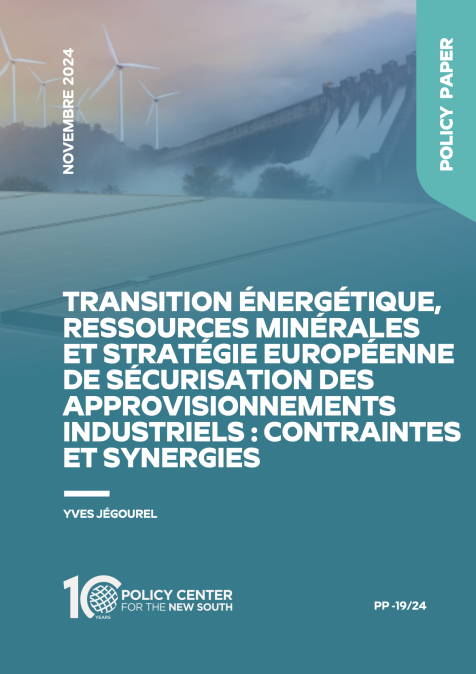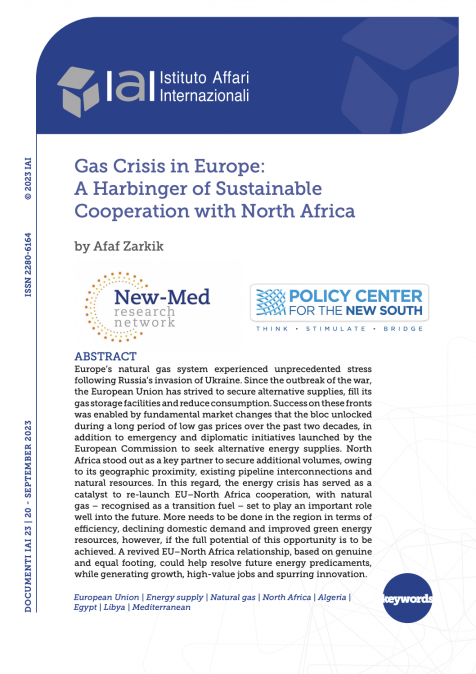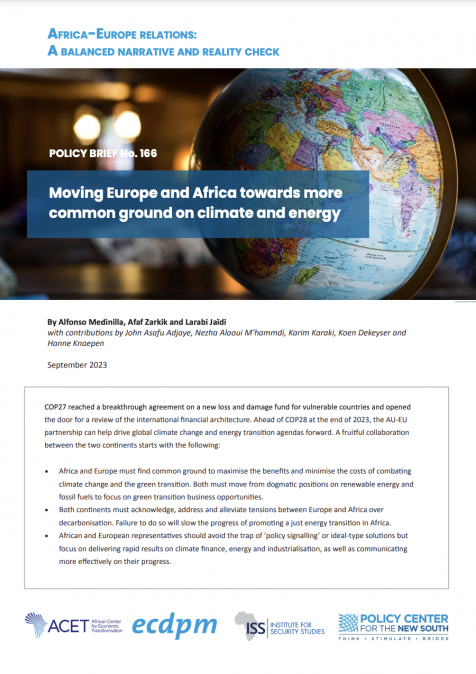Publications /
Policy Brief
Policymakers across the world face a dilemma: to lockdown the economy, and see output and employment collapse, or to open and face a surge of COVID-19 infections and deaths that could overwhelm the medical system? The choice is especially stark in poor countries, where many depend on what they earn day to day, and where the medical system is entirely unequipped to deal with the virus. In this brief we assess the likely path and geographic spread of the epidemic. We do so by examining the effect of temperature and humidity on COVID-19 hospitalizations in 96 departments in Metropolitan France. The choice of France is based on the availability, quality, and uniformity of the required data. Our analysis suggests that high temperature and high relative humidity tend to impede the spread of the virus, while population density tends to facilitate its transmission. This does not mean that warmer weather is enough to contain the disease. However, we believe it is likely that warmer weather will slow the disease in the Northern hemisphere in the coming months, and that some countries in the tropical and near-tropical zones will be able to contain the disease by adopting social distancing and contact tracking, without being forced into prolonged lockdowns.
We approach the question of how climate affects the spread of COVID-19 with some hesitation, since we are economists, not virologists. Yet, viewed from the perspective of economic policy, the fact that all major epicenters of COVID-19, from Wuhan to Tehran, Bergamo, Mulhouse, Madrid and New York, are found in the temperate zone, is of great relevance, since—other things being equal—it is these regions that are likely to suffer the most fatalities and the greatest economic damage.








